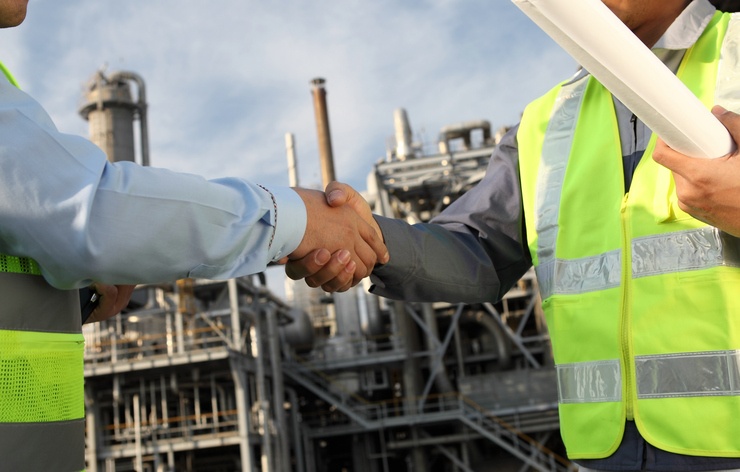Safety & Regulations | Design & Engineering
Steel vs. Concrete: Which is More Affordable?


Costing a project is not just about the price of materials. When mobilizing resources for a blast-resistant building, we need to consider direct labor costs, business disruption during the build, and even the cost of maintenance during the asset's lifespan.
All factors considered, steel is more affordable than concrete for blast-resistant buildings.
Why Steel is More Cost-Efficient for Blast-Resistant Buildings
From ensuring API compliance, to lower labor and maintenance costs, below are a few factors that make steel a more affordable option than concrete.
API Compliance
The American Petroleum Institute (API) has invested time and resources to come up with safety standards that serve to protect employees in the industry. One of their recommended practices, specifically API RP 752, identifies unreinforced concrete as brittle material that should not be used for exterior walls. Steel, however, has been tried and tested to withstand the pressure exerted by a blast wave and protect the occupants within it.
Lower Labor Cost
Steel modules can be erected in as little as a few weeks, depending on the design. If one of the predesigned plans fits in with your needs, the process is simplified even further, and you can have a complete workspace ready in weeks. With concrete, the build has to be systematic, takes time, and requires more workforce. In addition, steel blast-resistant buildings can be mostly built offsite and then quickly assembled, further shortening the duration of the build, and decreasing liability.
Lower Maintenance Costs
Over time, concrete buildings require more touch-ups than steel. As part of the curing process, cracks may develop and are either structurally detrimental at worst and unsightly at best. Steel is more malleable and enjoys some elasticity, allowing it to expand and contract marginally without affecting the structural integrity of the building. Fireproofing can be added to the structure by applying sprayed fire-resistive materials (SFRM).
Less Disruption
If you add a building to an already occupied lot, there is bound to be a loss in productivity. This cost is tough to quantify, but it does affect the business.
If the building site is unoccupied, there is still a need to secure the site during the build. Meetings and site visits will also take up your time for the duration of the project.
The best way to minimize this disruption is to take the least amount of time possible, and that's where steel provides an edge.
Steel is Light
Just like an ant can withstand a force 5,000 times its weight, steel is light, yet strong. Because of this, small units do not require a foundation. This quality is the reason it is also possible to build off-site and transport ready-to-build units to the construction site.
Another advantage of steel is that it requires fewer pillars. This fact gives you more room to create a safe, comfortable workspace.
What Does this Mean for Safety?
Affordability doesn't mean sacrificing safety. In fact, steel is more durable than concrete and has a better return on investment in the long run.
Steel offers a greater return on investment for blast-resistant buildings because it is strong, durable, and API compliant. Steel buildings are completed faster and disrupt your operations less than on-site builds. Additionally, steel is not only a cheaper material than concrete, it is also cheaper to maintain, and requires fewer man-hours to install – all without compromising safety and quality.
Interested in learning more? Check out our Steel vs. Concrete Head-To-Head Comparison.
RedGuard Sales & Marketing
The RedGuard sales and marketing team curates and writes on a variety of topics regarding blast-resistance and modular buildings. To inquire about any of the topics you read about on our blog, connect with us.


